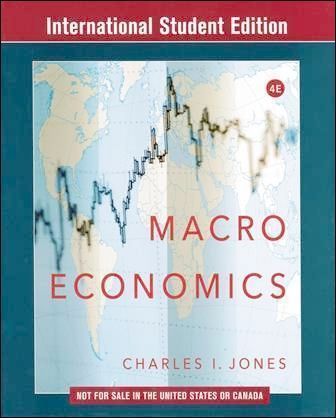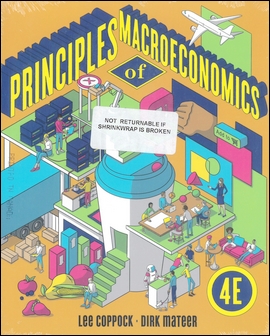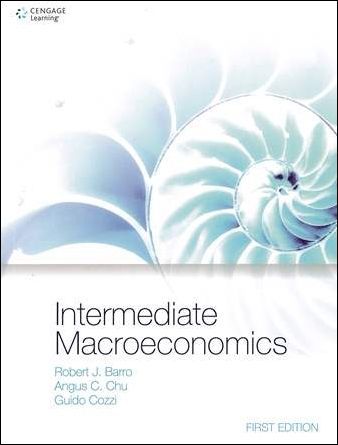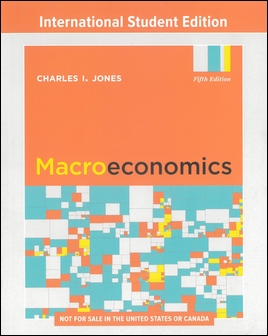書籍分類

Macroeconomics 6/e
作者:Olivier Blanchard
原價:NT$ 1,500
內容介紹 本書特色 目錄
- Description
Blanchard presents a unified and global view of macroeconomics, enabling students to see the connections between the short-run, medium-run, and long-run.
From the major economic crisis to the budget deficits of the United States, the detailed boxes in this text have been updated to convey the life of macroeconomics today and reinforce the lessons from the models, making them more concrete and easier to grasp.







